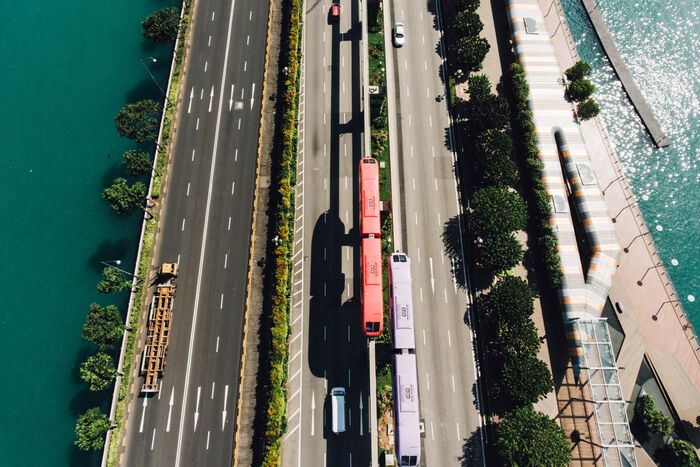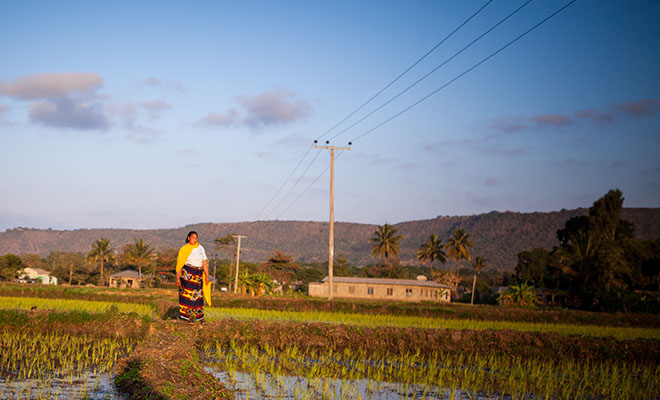What is reality and what is rhetoric in the relationship between China and Latin America? In this article, Benedicte Bull examines five common claims.
Media
Our media contributions in English and Norwegian.
Latin-Amerikas ønske om alliansefrihet handler først og fremst om å forbeholde seg retten til ikke å velge side i rivaliseringen mellom USA og Kina.
China intends to stay in the exclusive club of globally integrated economies, but what will happen when it tries to remake the rules?
Dan Banik speaks with Folashadé Soulé on why some high-level summits are more attractive to African leaders than others and how African policymakers can negotiate better deals with China.
Addressing the challenges of climate disruption, international migration, pandemics, violent conflicts and poverty eradication require increased collaboration across national borders. The growth of nationalism and protectionist policies are, however, forcing many to rethink well-established understandings of the benefits of globalization. With the United States backtracking on previously negotiated agreements on climate, and signalling its desire to cut foreign aid, China has emerged as one of the strongest champions of globalization.
Large parts of the African continent continue to face an acute shortage of energy. Hundreds of millions of people do not have any access to electricity. And the few that do enjoy access to the grid, are often not guaranteed continued power supply throughout the day. As governments struggle to boost power generation, they are increasingly being forced to make hard decisions and address numerous tradeoffs.
A persistent complaint among many developing country leaders is the poor state of their roads and how the international community appears reluctant to invest in infrastructure development. China has the solution, or so it claims. Launched in 2013, the ambitious Belt and Road Initiative, estimated to cost over $5 trillion, aims at global investments in transportation, infrastructure, telecommunications, logistics, energy, and oil and gas. But will it help promote the SDGs? And is it all win-win?





